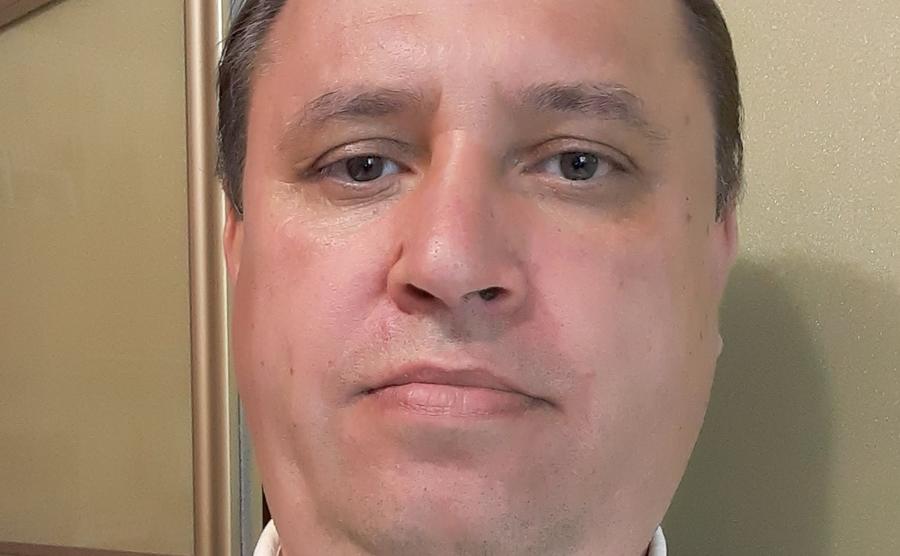Type de contenu
Professeur invitéIgor Cașu

Ses publications récentes comprennent :
- “The Benefits of Comparison: Famine in Kazakhstan in the Early 1930s in Soviet Context”, in Journal of Genocide Research, Volume 22, issue 3, 2020
- "Do Starving People Rebel ? Hunger Riots as Bab'y Bunty in Spring 1946 Soviet Moldavia", dans New Europe College's Yearbook (Bucharest), 2020.
Il travaille à un livre sur la famine d'après-guerre en Moldavie soviétique dans le contexte européen, 1946-1947.
14 novembre 2022
Séminaire central du Cercec, centre des colloques, salle 3.07, 16h30-18h30
« The Postwar Soviet Hunger, 1946-47: Terror-Famine or Climate-induced? »
The Soviet famine of 1946-7 is the least known famine to the 1932-3 one and even to the 1921-22 one. There are many reasons for that. Historians, with few exceptions, implied it has been determined by objective factors such as the consequences of the war and a severe drought in the main grain-growing regions of the Soviet Union. Analyzing party, MVD and KGB archives and testimonies of the survivors cast a new perspective on the postwar Soviet famine. The political component played an important role in 1946-7 as during the Soviet famines of early 1930s (Ukraine and Kazakhstan hit most). This is especially true regarding the postwar famine in Soviet Moldavia, the most severe proportionally (Zima, 1996; Ellman, 2000; Wheatcroft, 2017). By using an in-depth analyzes on one case-study, I will try to reconstitute the whole picture across the USSR and explain the regional differences according to three famine’s main hard indicators: dystrophy, excess deaths and cannibalism.
https://enseignements.ehess.fr/2022-2023/ue/594
16 novembre 2022
Séminaire « Cold War », Bâtiment de l'EHESS, 5e étage, salle A 502, 9;30-11.30
« Collaboration and conflicts between civil and political police during the 1949 mass deportation in the Moldavian SSR”
After WWII, repressions were applied on a mass level in the so-called Ribbentrop-Molotov areas. The deportations reached its peak in 1948-9 and had to do in the main with the collectivization drive in the newly annexed Soviet Western territories. The newly disclosed archival documents from MVD and KGB archives in Chisinau and Moscow shed new light not only on the collaboration between various institutions in the organization of operation Sever in early July 1949 known before, but especially on the conflicts and tensions. Upon the termination of the mass deportation, the MGB chief Mordovets reported to Moscow it was a successful operation, whereas the MVD chief Tutushkin conveyed the opposite: that it was a total failure. What was behind these assessments and what new perspectives these data shed on the terror in late Stalinism and interaction between various repressive organs? These are a few questions I will answer in this lecture.
https://enseignements.ehess.fr/2022-2023/ue/590
21 novembre 2022
Une rencontre autour de la présentation des fonds des archives de l'Etat et du Parti de Moldavie aura lieu le lundi 21 novembre à 15h, bâtiment de l'EHESS, 2 cours de Humanités, salle 515
22 novembre 2022
Séminaire "Surveiller et réprimer à l'Est", 9h30-11h30, bâtiment ehess, 5e étage, salle A515
“Justice, Rehabilitation, and Political Repression in the Moldavian SSR, mid 1950s-late 1980s“
After Stalin’s death, most of the victims of political repression were released from GULAG and special settlements. In Soviet Moldavia, about 80% of the survivors returned home by 1960. However, their reintegration into the social and economic life in MSSR was fraught with various legal and political obstacles. Only a tiny minority was legally rehabilitated, while the majority was just let rebuild their lives from scratch. Post-1953 decades witness the end of mass terror. Political repressions continued, albeit on a limited scale targeting small groups and individuals, prophylaxis being the main method used. I have divided the victims of repression into two categories according to the message expressed against the Soviet regime. Based on KGB archives, this lecture will address the nature of post-Stalinist rehabilitations and new repressions, in the wider perspective of the evolution of the Soviet justice system after 1953 up to late 1980s.
https://enseignements.ehess.fr/2022-2023/intervenants/3626